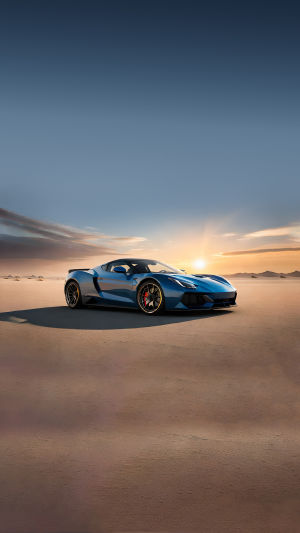Hey, Lykkers! Buckle up, because today we're diving into the exhilarating world of supercars.
These aren't just any cars - they're the epitome of speed, luxury, and innovation.
But what exactly makes a car a supercar?
<h3>Defining a Supercar</h3>
A supercar isn't just about a sleek design or a hefty price tag. It's a harmonious blend of cutting-edge technology, breathtaking aesthetics, and jaw-dropping performance. A supercar's essence lies in its ability to deliver an extraordinary driving experience, often pushing the boundaries of what's mechanically possible.
<h3>A Brief History of Supercars</h3>
The journey of supercars began in the early 20th century, with brands like Bugatti and Ferrari setting the stage. These early models weren't just fast—they were symbols of innovation and ambition. The 1960s saw the rise of icons like the Lamborghini Miura, often considered the first modern supercar, which introduced mid-engine design to the masses. Supercars have since evolved, becoming a crucial part of the automotive industry, showcasing the pinnacle of automotive engineering and design.
<h3>Iconic Supercars of the Past</h3>
When we talk about legendary supercars, a few names inevitably come to mind. The Ferrari F40, launched in 1987, was a game-changer with its raw power and minimalistic design. The McLaren F1, introduced in the 1990s, became the fastest production car of its time and is still revered today. These models not only set performance benchmarks but also left an indelible mark on car enthusiasts worldwide.
<h3>Current Top Models and Innovations</h3>
Today, the supercar landscape is more exciting than ever. The Bugatti Chiron, with its 1500 horsepower, redefines speed and luxury. The Lamborghini Aventador SVJ, known for its aggressive design and powerful V12 engine, offers an unmatched driving experience. Meanwhile, the hybrid Ferrari SF90 Stradale showcases how technology can enhance performance, blending electric motors with a traditional internal combustion engine for a combined 986 horsepower.
<h3>Design and Aesthetics</h3>
Design is where supercars truly shine. These cars are not just built for speed—they're crafted to turn heads. Sleek lines, aggressive stances, and meticulous attention to detail make them stand out. Every curve and contour is designed with aerodynamics in mind, ensuring that the car slices through the air with minimal resistance while looking stunning.
<h3>Cultural and Social Impact</h3>
Supercars are more than just machines; they're cultural icons. They symbolize success, ambition, and the thrill of pushing limits. Movies like the "Fast & Furious" franchise and video games like "Need for Speed" have cemented their place in popular culture, inspiring countless fans and aspiring car enthusiasts. Owning a supercar is often seen as a status symbol, a testament to one's achievements and taste.
<h3>Ecology and the Future</h3>
As the world becomes more environmentally conscious, supercars are also evolving. Brands are increasingly incorporating hybrid and electric technologies to reduce emissions without compromising performance. The Rimac C_Two, an all-electric hypercar, is a prime example, boasting 1,914 horsepower and zero emissions. The future of supercars looks green, with manufacturers striving to create sustainable yet thrilling driving experiences.
<h3>Interesting Facts and Anecdotes</h3>
The Bugatti Veyron, once the fastest car in the world, requires 10 radiators to keep its engine cool.
The McLaren F1 has a gold-lined engine bay for better heat dissipation.
Lamborghini's iconic scissor doors were initially designed to help drivers see better when reversing.
In summary, supercars hold a unique place in the automotive world and popular culture. They represent the pinnacle of engineering, design, and performance, constantly pushing the boundaries of what's possible. Whether you're a car enthusiast or just appreciate the artistry behind these machines, there's no denying the allure of a supercar.





